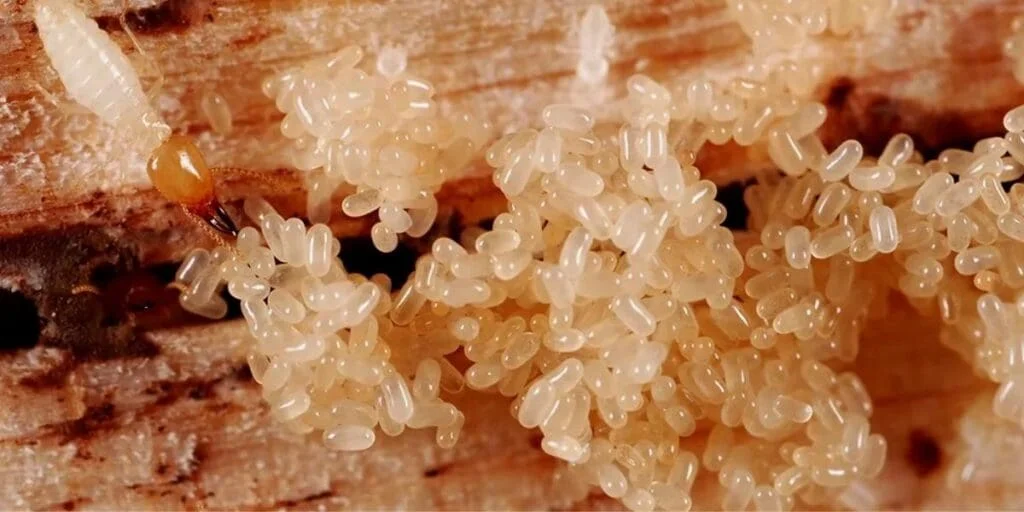The Fascinating World of Termites: 10 Amazing Facts
Termites, often misunderstood as mere pests, are actually remarkable creatures. They possess sophisticated social structures, fascinating biological abilities, and play critical roles in ecosystems. Though they can cause damage to wooden structures, they are essential for maintaining ecological balance. Let’s explore 10 amazing facts about these “silent destroyers” that might change how you view them.
1. Surviving for Millions of Years
Termites have been on Earth for over 250 million years, even before dinosaurs. Their ability to adapt and thrive through major extinction events shows just how resilient they are. As a result, termites have remained one of the most successful insect species in history.
2. Masters of Eating Wood
Termites feed on dead plant material, especially wood, leaves, and soil. As detritivores, they play an essential role in recycling nutrients back into the ecosystem. Instead of viewing them purely as pests, consider how they break down dead trees, enrich the soil, and support plant growth.

3. Powerful Colonies
Termites form colonies that can house over 1 million members. Each colony operates with a clear division of labor—workers maintain the nest, soldiers protect it, and reproductive termites (the queen and king) ensure the colony grows. This teamwork allows them to survive and expand in incredible numbers.
4. The Queen’s Extraordinary Lifespan
A termite queen can live up to 30 years, making her one of the longest-living insects. During her life, she can lay thousands of eggs each day, potentially producing millions of offspring in her lifetime. Her remarkable reproductive abilities ensure the colony continues to grow and thrive.

5. Structured Social System
Termites live in a highly organized society with a clear caste system. Workers build and maintain the nest, soldiers defend it, and reproductives handle mating and laying eggs. Each caste has its own role, and this well-structured system enables the colony to function smoothly. By specializing in tasks, termites efficiently manage their colony’s needs.
6. A Global Presence
They live on almost every continent, except Antarctica. They’ve adapted to many environments, from tropical rainforests to dry deserts. This widespread presence shows how well termites can thrive in different climates, allowing them to colonize ecosystems across the globe.
7. The Silent Destroyers
Termites earn the name “silent destroyers” because they cause extensive damage without being noticed. Every year, they cause over $5 billion in property damage, mostly by eating wood, flooring, and even wallpaper. Since they eat wood from the inside out, termite damage often goes unnoticed until it’s severe.
8. Specialized Digestion
One of the most remarkable features of termites is their ability to digest cellulose, the tough plant fiber in wood. While most animals can’t break down cellulose, they have special gut bacteria and protozoa that help them convert cellulose into energy. This allows them to consume materials that are otherwise inedible for most creatures.
9. Architectural Geniuses
Some termites build towering mounds, particularly in Africa and Australia, which can rise up to 30 feet tall. These mounds have intricate networks of tunnels and ventilation systems, designed to regulate temperature and humidity. Architects study termite mounds for inspiration when designing naturally ventilated buildings, recognizing their efficiency in managing airflow.
10. Chemical Communication
Termites rely on pheromones to communicate within the colony. These chemical signals help termites locate food, warn others of danger, and identify their roles. For example, when a soldier senses a threat, it releases a pheromone that calls other soldiers to the defense. This complex system of communication keeps the colony organized and responsive to changes.
The Ecological Importance of Termites
Besides these interesting facts, termites play a crucial role in maintaining the health of ecosystems. They break down dead plant material, turning it into rich organic matter that replenishes the soil. Without them, dead wood would accumulate, slowing down decomposition and nutrient cycling.
In tropical ecosystems, termites also contribute to carbon cycling. By consuming dead plant matter, they help release stored carbon back into the atmosphere or the soil. In turn, this process supports plant growth and balances the ecosystem’s carbon levels.
Conclusion
Although termites have a reputation for being destructive, they are far more fascinating than harmful. Their ancient origins, sophisticated social structures, and ecological importance make them vital to the environment. By understanding termites and how they live, we can appreciate their role in nature—and maybe even learn to coexist with these incredible insects.

